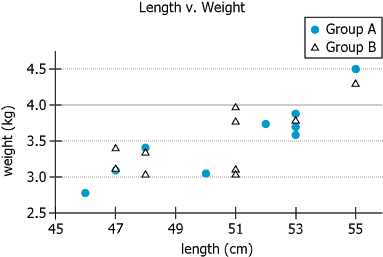Events & Promotions
|
|

GMAT Club Daily Prep
Thank you for using the timer - this advanced tool can estimate your performance and suggest more practice questions. We have subscribed you to Daily Prep Questions via email.
Customized
for You
Track
Your Progress
Practice
Pays
Not interested in getting valuable practice questions and articles delivered to your email? No problem, unsubscribe here.
- Nov 20
07:30 AM PST
-08:30 AM PST
Learn what truly sets the UC Riverside MBA apart and how it helps in your professional growth - Nov 22
11:00 AM IST
-01:00 PM IST
Do RC/MSR passages scare you? e-GMAT is conducting a masterclass to help you learn – Learn effective reading strategies Tackle difficult RC & MSR with confidence Excel in timed test environment - Nov 23
11:00 AM IST
-01:00 PM IST
Attend this free GMAT Algebra Webinar and learn how to master the most challenging Inequalities and Absolute Value problems with ease. - Nov 25
10:00 AM EST
-11:00 AM EST
Prefer video-based learning? The Target Test Prep OnDemand course is a one-of-a-kind video masterclass featuring 400 hours of lecture-style teaching by Scott Woodbury-Stewart, founder of Target Test Prep and one of the most accomplished GMAT instructors.
Erjan_S
Joined: 12 Nov 2016
Last visit: 08 May 2018
Posts: 104
Given Kudos: 87
Concentration: Entrepreneurship, Finance
Schools: Stanford MSx"19 (D) Sloan Fellows"19 (D)
GMAT 1: 620 Q36 V39

GMAT 2: 650 Q47 V33

Dropdown 1: strongly positive
Dropdown 2: 0.40
Be sure to select an answer first to save it in the Error Log before revealing the correct answer (OA)!
Difficulty:
 35%
(medium)
35%
(medium)
Question Stats:
58% (01:23) correct 42%
(01:44)
wrong
42%
(01:44)
wrong  based on 2272
sessions
based on 2272
sessions
History
Date
Time
Result
Not Attempted Yet
During a four-day period, a height measurement and a weight measurement were recorded shortly after delivery for each baby born in a particular hospital. The 19 babies in the study were divided into two groups, Group A and Group B. The chart shows the length, in centimeters (cm), and weight, in kilograms (kg), for each of the 19 babies.
Based on the given information, use the drop-down menus to most accurately complete the following statements.
The correlation between length and weight for the babies in the study is
If a baby with weight less than 3.5 kg were selected at random, the probability that the baby would be a part of Group A is
ID: 100409

IR_IBN00867_img_001.png [ 6.81 KiB | Viewed 25298 times ]
Attachment:
IR_IBN00867_img_001.png [ 6.81 KiB | Viewed 25298 times ]
ShowHide Answer
Official Answer
Dropdown 1: strongly positive
Dropdown 2: 0.40
GMATCoachBen
 Expert
Expert
Tutor
Joined: 21 Mar 2017
Last visit: 18 Nov 2025
Posts: 465
Given Kudos: 210
Status:Professional GMAT Trainer
Affiliations: GMAT Coach
Location: United States (WA)
GMAT Focus 1: 775 Q87 V90 DI88 (Online) 

GMAT 1: 760 Q50 V44

GMAT 2: 770 Q51 V44

GMAT 3: 770 Q50 V44

GMAT 4: 770 Q50 V45 (Online)

GMAT 5: 780 Q51 V48

Expert reply
Kudos
Bookmarks
Short video solution here (1:06):
General Discussion
Erjan_S
Joined: 12 Nov 2016
Last visit: 08 May 2018
Posts: 104
Given Kudos: 87
Concentration: Entrepreneurship, Finance
Schools: Stanford MSx"19 (D) Sloan Fellows"19 (D)
GMAT 1: 620 Q36 V39

GMAT 2: 650 Q47 V33

Kudos
Bookmarks
It is probably due to structure of GMAT that IR does not count towards total score that there is little interest in IR questions... probably a growing trend for EA acceptance by leading business will change that
Posted from my mobile device
Posted from my mobile device












